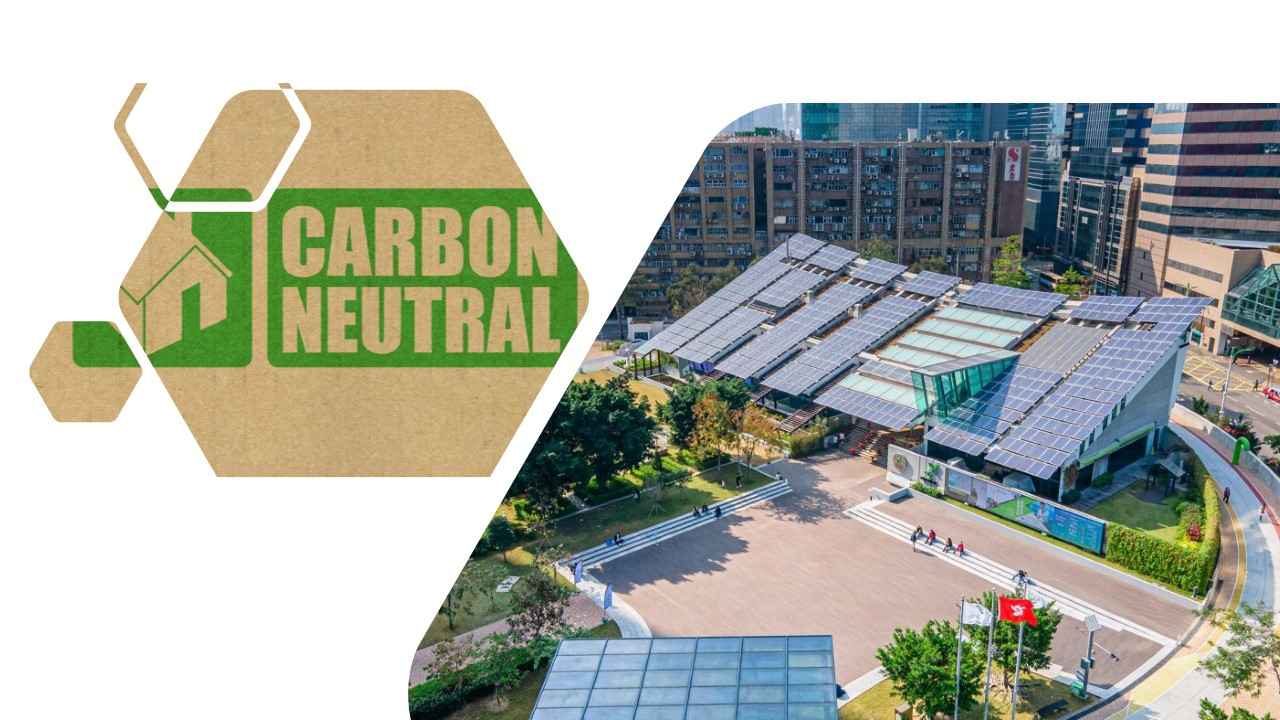Carbon-Neutral Buildings and Energy-Efficient Design
- By
- Pooja |
- August 04, 2023 |
- Civil Engineering, Innovation,

Table of Contents
CPH Zero Carbon Footprint Buildings
Integration of Nature and Green Spaces:
Ørestad Green Belt: Promoting Green Areas in Urban Development
Bullitt Center - Seattle, Washington, USA:
One Central Park - Sydney, Australia:
The Crystal - London, United Kingdom:
Pixel Building - Melbourne, Australia:
In the pursuit of combating climate change, carbon-neutral buildings and energy-efficient design have emerged as crucial elements in sustainable architecture. These innovative approaches aim to minimize energy consumption and reduce greenhouse gas emissions in the built environment. By employing renewable energy sources, advanced insulation techniques, and efficient HVAC systems, carbon-neutral buildings strive to achieve a net-zero carbon footprint.
BLOX Copenhagen, Denmark
One remarkable example of such a sustainable building complex and urban hub is BLOX, located in Copenhagen, Denmark. BLOX integrates various sustainable design features, including solar panels, rainwater harvesting, and efficient waste management systems. The complex showcases how contemporary architecture can blend with environmentally friendly technologies to create a harmonious and energy-efficient space.
CPH Zero Carbon Footprint Buildings
CPH Zero Carbon Footprint Buildings, another notable initiative in sustainable design, pushes the boundaries of architectural innovation. These buildings in Copenhagen utilize cutting-edge technologies such as geothermal heating, smart energy management systems, and passive design strategies. They emphasize the use of sustainable materials, waste reduction, and carbon offsetting to achieve zero net carbon emissions. Through their visionary design and implementation, these buildings serve as inspiring models for sustainable urban development worldwide.
Integration of Nature and Green Spaces:
Recognizing the numerous benefits of integrating nature and green spaces into urban areas, cities are increasingly incorporating these elements into their development plans. Amager Fælled, an urban nature park and biodiversity conservation area in Copenhagen, exemplifies this approach. It offers residents and visitors a chance to reconnect with nature through its diverse ecosystems, walking trails, and recreational spaces. The park also plays a vital role in preserving biodiversity and fostering ecological resilience within an urban context.
Read More:
- Revolutionizing Road Safety: Innovations and Technologies Shaping the Future
-
Precision Farming and Agriculture Techniques in Civil Engineering Using Drones
Ørestad Green Belt: Promoting Green Areas in Urban Development
Ørestad Green Belt is an ambitious initiative in Copenhagen that seeks to promote the integration of green spaces within urban development. The project aims to create a network of interconnected green areas, parks, and gardens throughout the city, ensuring that residents have easy access to nature and the benefits it provides.
By strategically incorporating green spaces into urban areas, Ørestad Green Belt addresses several environmental challenges. One significant benefit is the improvement of air quality. Green spaces act as natural filters, absorbing pollutants and particulate matter from the air, thereby reducing pollution levels and creating a healthier living environment. This leads to better respiratory health and a decrease in the prevalence of respiratory diseases among residents.
Bullitt Center - Seattle, Washington, USA:
The Bullitt Center is a six-story office building that is considered one of the greenest commercial buildings in the world. It generates its own renewable energy through rooftop solar panels and utilizes rainwater harvesting and composting toilets to reduce water consumption.
The building's design incorporates passive heating and cooling strategies, natural daylighting, and efficient insulation to minimize energy demand. It has achieved net-zero energy and net-zero carbon emissions by prioritizing energy efficiency and utilizing renewable energy sources.
One Central Park - Sydney, Australia:
One Central Park is a mixed-use development consisting of residential apartments, retail spaces, and public gardens. The building features a striking facade covered with vertical gardens that help regulate temperature and improve air quality.
It incorporates an advanced trigeneration system that produces electricity, heating, and cooling simultaneously, reducing overall energy consumption. Photovoltaic panels on the building's rooftop contribute to its energy generation, helping it achieve carbon neutrality.
Read More:
The Crystal - London, United Kingdom:
The Crystal is a sustainable events venue and office space designed to showcase the latest in sustainable building technologies. It features a combination of passive design strategies, such as natural ventilation and daylighting, along with active systems like solar panels and ground-source heat pumps.
The building's energy consumption is minimized through efficient lighting, HVAC systems, and smart building controls. Renewable energy sources, including solar and biomass, are utilized to meet the remaining energy demand, resulting in net-zero carbon emissions.
Pixel Building - Melbourne, Australia:
The Pixel Building is a commercial office building known for its innovative design and sustainability features. It incorporates an extensive photovoltaic array on its exterior facade, which generates renewable electricity to power the building's operations.
Passive design strategies, such as natural ventilation and daylighting, reduce energy demand, while efficient appliances and lighting further minimize consumption. The building also utilizes rainwater harvesting and greywater recycling systems to reduce water consumption and enhance sustainability.
Please feel free to like, share and comment.
Admin, gcelab.com Please see our Pillar Post to know why we founded gcelab.com.
Read More:

Pooja
Founder at gcelab.com, Pooja is an Entrepreneur unlocking human potential. Working in the Principles of Lean Start-up, Pooja believes in Transparency and User Happiness the most. Pooja’s background in teaching gives her a sophisticated grasp on even the most tedious aspect of course building. She is passionate about people who believe that good is not enough.


